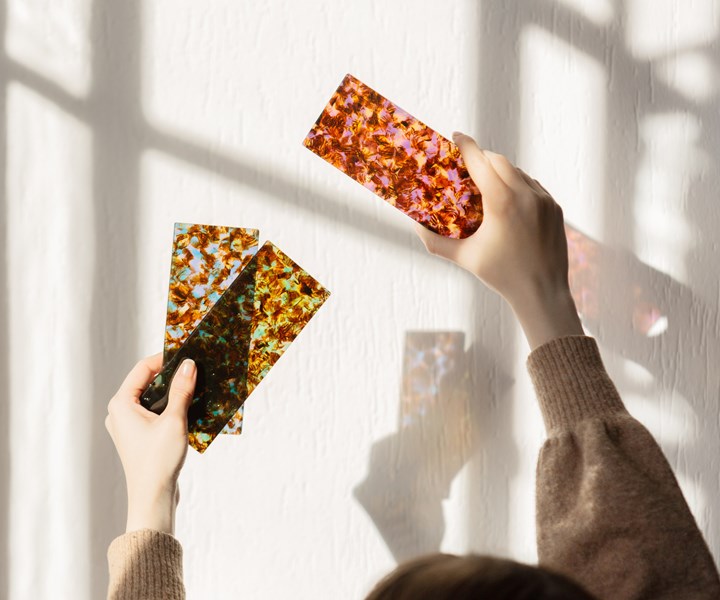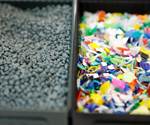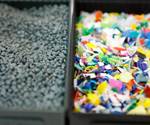Eastman to Produce Acetate Flake Made from Biobased and Recycled Content
Eastman’s Acetate Renew is a cellulose diacetate composed of 60% biobased and 40% certified recycled content.
Eastman will provide its Acetate Renew, a cellulose diacetate composed of 60% biobased and 40% certified recycled content to Mazzucchelli 1849, a provider in the manufacturing and distribution of acetate sheet for premium eyewear.
Made through Eastman's carbon renewal chemical recycling technology, Acetate Renew reportedly offers virgin-material performance, incorporates significant amounts of certified recycled content from eyewear production scrap, and results in a significant reduction in greenhouse gases when compared to the traditional manufacturing process.
Mazzucchelli is providing acetate scrap to Eastman for use in carbon renewal. Eastman will soon begin collecting and recycling scrap at scale from eyewear manufacturers for conversion into new material. Eastman is now producing Acetate Renew, and Mazzucchelli expects to have sheet made from this material commercially available before the end of Q2.
Carbon renewal technology is a chemical recycling process combining mixed waste plastics with heat, pressure and steam to generate syngas—carbon and hydrogen atoms—for use as building blocks to produce a variety of circular products containing high levels of recycled content without compromising quality. Eastman produces biobased and certified recycled content using mass balance allocation. Acetate scrap from Mazzucchelli and certified frame manufacturers will be returned to Eastman to be converted into new acetate flake using chemical recycling technology.
The recycled content in Acetate Renew will be certified using the mass balance approach through International Sustainability & Carbon Certification (ISCC) audits across the value chain. Mazzucchelli has begun the ISCC process with ICIM s.p.a. Italy in preparation for commercialization.

Mazzucchelli will produce and sell acetate sheet made from Eastman Acetate Renew, a cellulose diacetate composed of 60% biobased and 40% certified recycled content.
Related Content
-
How to Optimize Injection Molding of PHA and PHA/PLA Blends
Here are processing guidelines aimed at both getting the PHA resin into the process without degrading it, and reducing residence time at melt temperatures.
-
Breaking News From NPE2024
Here is a firsthand report of news in injection molding, extrusion, blow molding and recycling not previously covered.
-
Multilayer Solutions to Challenges in Blow Molding with PCR
For extrusion blow molders, challenges of price and availability of postconsumer recycled resins can be addressed with a variety of multilayer technologies, which also offer solutions to issues with color, processability, mechanical properties and chemical migration in PCR materials.





